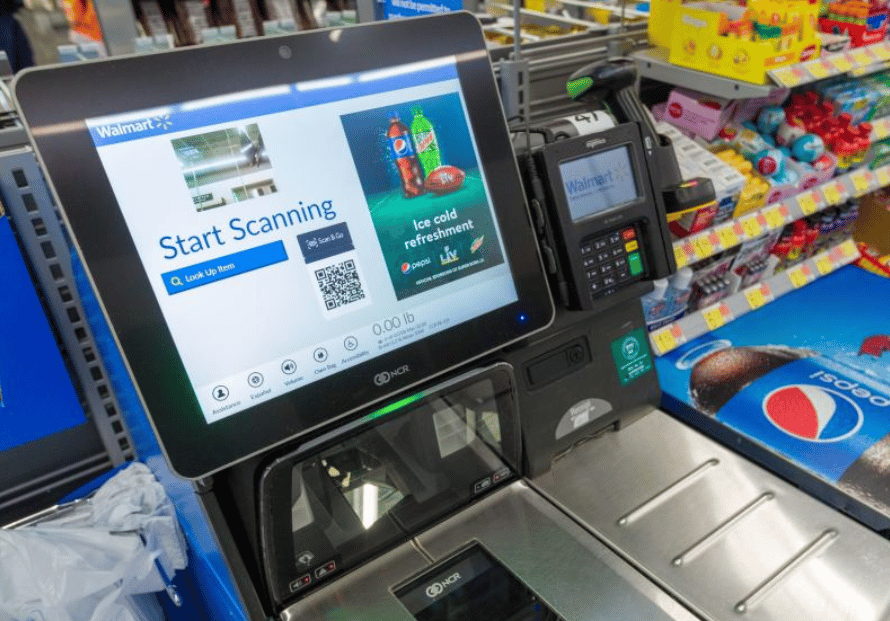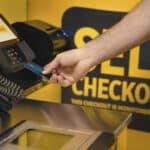
It’s 2022. Seriously, why are we still arguing about self-checkouts?
“Why do I have to ring up my own groceries? Why do I have to bag my own groceries? Why do I have to get yelled at by the robo-nagger? ‘Please put the item in the bagging area’,” a Washington Post columnist wrote in 1995 last week. “The self-checkout won’t kill you,” a Texas news radio station posted two days later. “It’s not that hard.”
You’re free to dislike self-checkouts, and many do, citing many legitimate reasons. But those who complain about being ordered to “please put the item in the bagging area” apparently haven’t noticed that most self-checkouts stopped doing that ages ago.
And those who think self-checkout users are too busy to bother with coupons are apparently mistaken as well.
A new study, according to checkout coupon provider Catalina, “shatters broad generalizations about shoppers not liking the SCO (self-checkout) option overall and not using coupons when they do use it.”
As the number of self-checkouts in the U.S. continues to rise – along with the number of retailers testing self-checkout-only stores – Catalina estimates they now account for nearly 40% of all grocery checkout lanes in the country. So Catalina dug into data from 4.5 billion purchases made by 245 million customers to find out who’s using self-checkouts, and how they’re behaving when they do.
Their conclusion? Surveys, crotchety columnists and the occasional hyperbolic news story “seem to suggest no one likes SCOs,” Catalina noted. But their findings show that, given the choice between self-checkout and staffed checkout lanes, “consumers prefer to use both checkout options.” And those who do, prove to be better, more valuable and more loyal shoppers – and more receptive to marketing material like coupons.
The data showed a near even divide between self-checkout users and self-checkout avoiders. 49% prefer “the personal attention offered in the manned-only lanes,” while 51% sometimes or always use self-checkout. Most of those self-checkout users don’t use them exclusively, however – they alternate between both lane types. And those are the shoppers who end up buying more, spending more and making the most shopping trips per year.
Catalina said its study also “bucks conventional industry presumptions that shoppers won’t take the time to use coupons in SCO lanes.” Self-checkout is supposed to be fast, easy and autonomous. Introduce coupons into the mix, though, and it can become anything but. The machine won’t take your coupon, so you have to look around for an employee who can help. Or the machine does take your coupon, and you have to wait around for an employee to verify it. Coupons can take the “self” out of “self-checkout.”
Yet the occasional hassles apparently aren’t enough to turn self-checkout users against coupons. Catalina conducted a pilot program with a regional grocery retailer, offering checkout coupons to some self-checkout users and not others. Catalina says its analysts “were surprised to learn SCO lane shoppers who received coupons drove four times more sales growth than the SCO checkout lanes with suppressed incentives.” Offering coupons at self-checkout “attracted new shoppers, engaged lapsed buyers, and contributed to an increase in store visits.”
“I don’t work for you! I don’t want to work for you,” the Washington Post columnist ranted to any grocery store owners who might be reading. But “the last time I went to my local Safeway, there were nine self-checkout stands open but only two live cashiers.”
So Catalina’s solution – don’t get rid of all the cashiers. And don’t tear out all the self-checkout machines, either. Stores will see better results by giving shoppers their choice of checkout. And giving them more coupons won’t hurt, either.
Image source: Walmart















